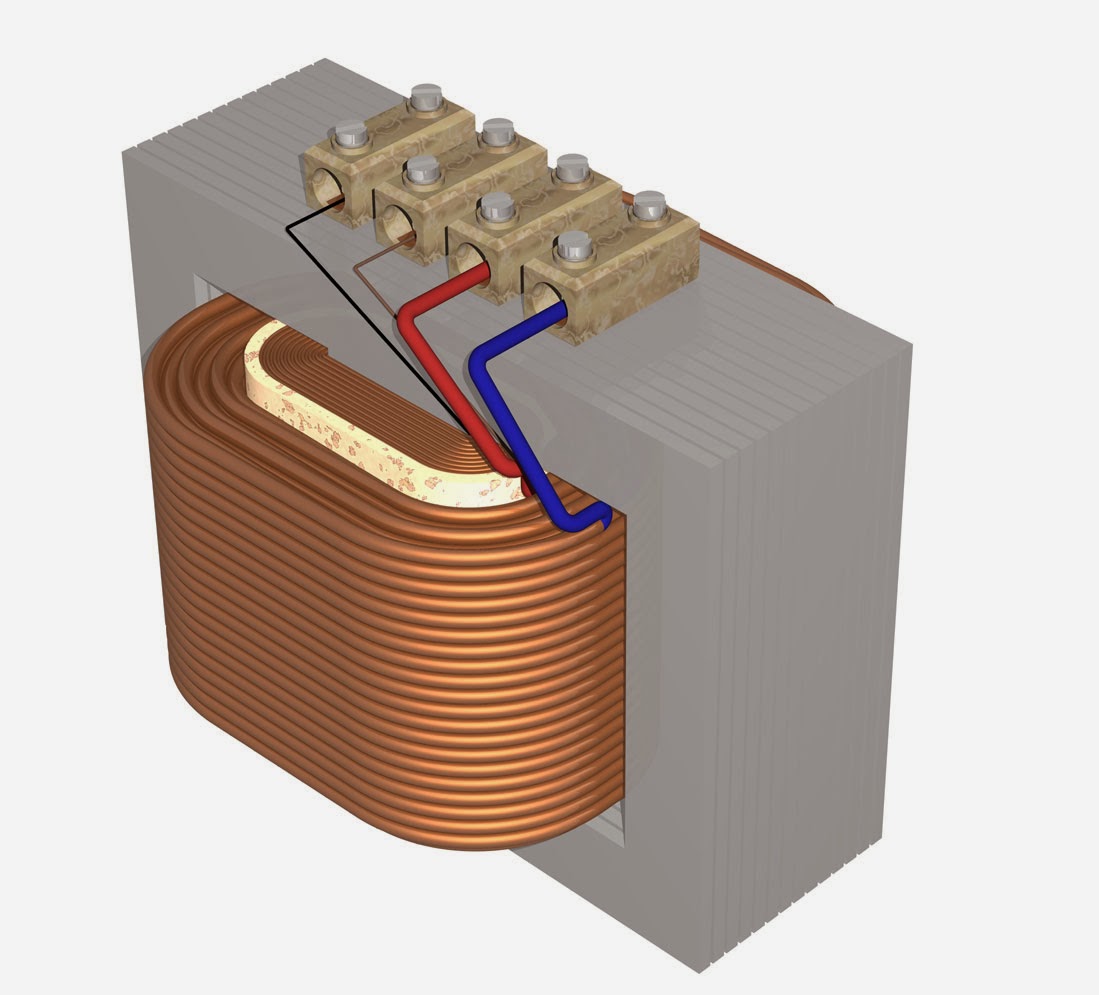What is Transformer? and also about Step Up and Step Down Transformer?
Transformer:
A transformer is an electrical device that transfers energy between two circuits through electromagnetic induction. Transformers may be used in step-up or step-down voltage conversion, which 'transforms' an AC voltage from one voltage level on the input of the device to another level at the output terminals. This special function of transformers can provide control of specified requirements of current level as an alternating current source, or it may be used for impedance matching between mismatched electrical circuits to effect maximum power transfer between the circuits.
A transformer is an electrical device that transfers energy between two circuits through electromagnetic induction. Transformers may be used in step-up or step-down voltage conversion, which 'transforms' an AC voltage from one voltage level on the input of the device to another level at the output terminals. This special function of transformers can provide control of specified requirements of current level as an alternating current source, or it may be used for impedance matching between mismatched electrical circuits to effect maximum power transfer between the circuits.
A transformer most commonly consists of two windings of wire
that are wound around a common core to induce tight electromagnetic coupling
between the windings. The core material is often a laminated iron core. The
coil that receives the electrical input energy is referred to as the primary
winding, while the output coil is called the secondary winding.
If an alternating electric current flows through the primary
winding (coil) of a transformer, an electromagnetic field is generated that
develops into a varying magnetic flux in the core of the transformer. Through
electromagnetic induction, this magnetic flux generates a varying electromotive
force in the secondary winding, which induces a voltage across the output
terminals. If a load impedance is connected across the secondary winding, a
current flows through the secondary winding drawing power from the primary
winding and its power source.
A transformer cannot operate with direct current; although,
when it is connected to a DC source, a transformer typically produces a short
output pulse as the voltage rises.
Diagram:
Diagram of Step Up and Step Down Transformer:






Comments
Post a Comment